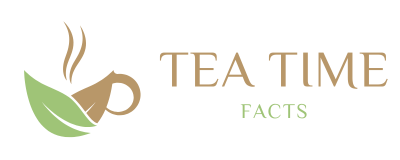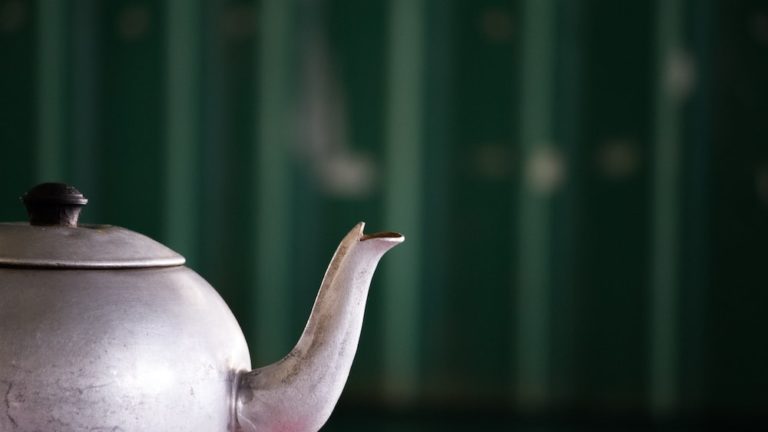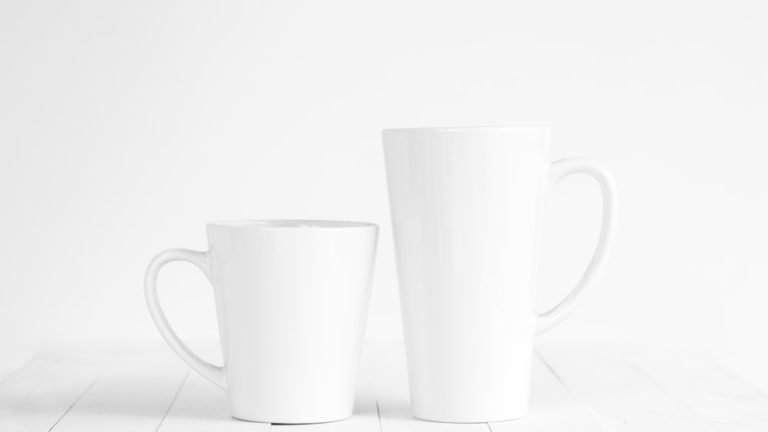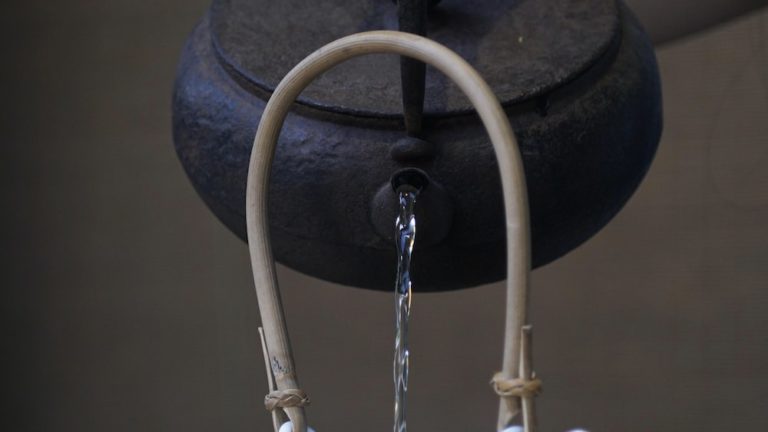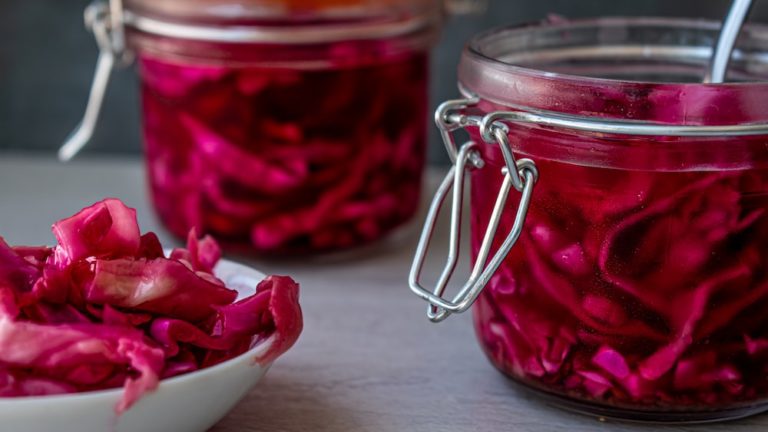Pu Erh Tea And Pregnancy: Safety And Guidelines
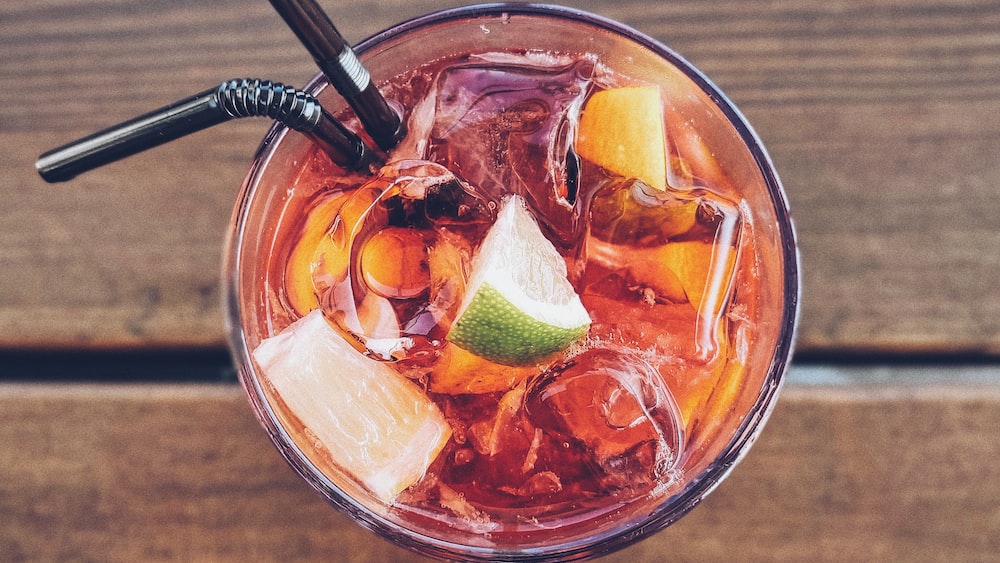
Pu Erh Tea And Pregnancy: Safety And Guidelines
Hey there, tea aficionados and expectant moms! Have you ever found yourself cradling a warm cup of pu-erh tea, wondering about the mystical journey from ancient tree to your teapot? Let’s steep a little deeper – with a twist. We’re talking about the interplay of pu-erh tea and pregnancy. It’s a brew-tiful relationship, don’t you think?
Key Points:
- Pu-erh tea is a fermented tea with origins in the Yunnan Province of China.
- It comes in two distinct types: raw and ripe pu-erh.
- Pu-erh tea offers potential health benefits such as antioxidant properties, heart health, metabolic benefits, and digestive health support.
- When it comes to pu-erh tea and pregnancy, moderation is key due to its caffeine content.
- Pregnant women should limit their caffeine intake to about 200 mg per day, equivalent to about one 8-oz cup of pu-erh tea.
- Alternative herbal teas like ginger and peppermint can be safer options during pregnancy.
- It’s important to consult with a healthcare provider for personalized guidance on consuming pu-erh tea during pregnancy.
Now, you might be tilting your head, asking “Is this aromatic elixir safe for me and my little bun in the oven?” As we unfurl the leaves of this topic, you’ll find we’re steeped in tradition, health benefits, and yes, a few safety strings attached. Buckle up your baby bump, because we’re about to embark on a journey through the terrains of pu-erh tea’s rich history, its bountiful benefits, and what all this means for the mom-to-be universe.
I’ll be your captain on this voyage, navigating through mists of uncertainty and into the harbor of clarity. Whether you’re sipping for two or just curious about this fermented phenom, this is your all-you-need-to-know guide. Grab your favorite mug, let’s get this par-tea started!
What is Pu Erh Tea?
Ever heard whispers of a tea that gets better with age, like a fine wine nestled in the cellar? That’s pu-erh tea, friends – a true connoisseur’s choice, and unlike any other tea you’ve met. Just as a chameleon shifts its colors, pu-erh transforms with time, each sip a new chapter in its story.
The Origins and Production of Pu Erh Tea
Pu-erh tea, the vintage darling of the tea world, begins its life in the Yunnan Province of China – a landscape where ancient tea trees sink their roots deep into the earth, as if they’re clutching onto secrets from millennia past. The manual labor of tea-crafters who harvest and ferment these leaves with ancestral finesse is nothing short of pure alchemy.
Picture this: workers meticulously pan-firing, sun-drying, and then – just when you think it’s ready – they ferment it. It’s the fermentation that transforms the raw leaves into a complex, earth-toned masterpiece. Whether it’s stored in caves or tucked away in some wise granny’s cupboard, pu-erh is left to age, and with age, it ripens in flavor and character.
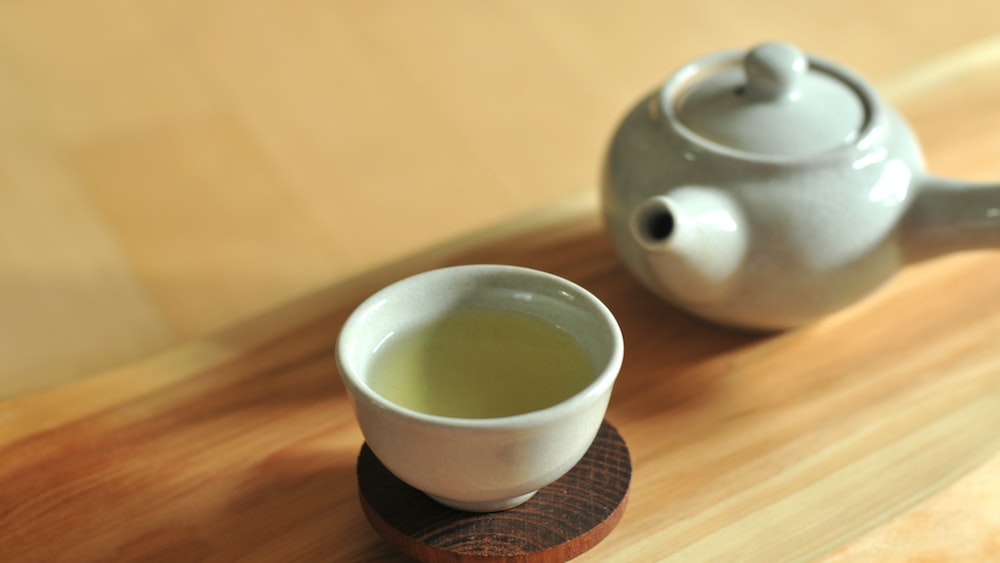
Pu-erh tea undergoes a transformative fermentation process that imbues it with a complex, earthy flavor as it ages.
Types of Pu Erh Tea: Raw vs. Ripe
Did you know pu-erh comes in two distinct types? Let’s unravel them:
- Raw Pu-erh:
- Ripe Pu-erh:
Potential Health Benefits of Pu Erh Tea
Imagine a cup of pu-erh as a treasure chest, brimming with gifts for your wellbeing. Not only does it soothe the soul, but its brew also harbors a fleet of health benefits ready to sail into your system.
Antioxidant Properties and Heart Health
Kickstarting this wellness odyssey is pu-erh tea’s lineup of antioxidants. These microscopic warriors are akin to your body’s own superhero team, battling oxidative stress and keeping your cellular city safe from the tyranny of free radicals!
- What’s inside each leaf? Heart-helping heroes:
- Polyphenols and flavonoids that dance around, reinforcing the walls of your arterial fortress and keeping cholesterol at the levels of a monk’s blood pressure.
- Theobromine, the mild-mannered cousin of caffeine, lending a gentle hand to your heart’s beat.
Pu-erh tea’s antioxidants act as your body’s superhero team, fighting oxidative stress and keeping your cells safe.
Metabolic Benefits and Weight Management
Underneath the earthy depths of pu-erh tea, lurks a secret: a weight management wizard trained in the ancient arts of metabolism boosting. And trust me, it’s more exciting than watching paint dry – which can also be oddly satisfying, but I digress.
- The brew’s agents of change:
- Catechins, those green tea superstars, play undercover in pu-erh, conspiring with enzymes to ignite your fat-burning fireplace.
- A coffee-level kick of caffeine to rev up your metabolic motor, sending it zooming around like a toddler on a sugar rush.
Digestive Health and Microbiome Support
Swirling with digestive enchantments, pu-erh tea is the Gandalf to your Middle-Earth microbiome, offering its probiotic power to the tiny creatures that call your gut home.
- In this microbial metropolis:
- Beneficial bacteria throw a rave, thanks to the prebiotic banquet served by the tea’s fermenting process.
- Every cup is a fiesta of flora; it’s as if you helicoptered in a team of tiny gardeners, each one tidying up your gut’s verdant landscape.
Pu-erh tea’s fermenting process serves a prebiotic banquet, throwing a rave for beneficial bacteria in your gut.
Pu Erh Tea and Pregnancy: An Overview
When it comes to pu erh tea and pregnancy, think of it as a delicate ballet. There’s grace in its consumption but also a complexity to its choreography that one must heed with attention.
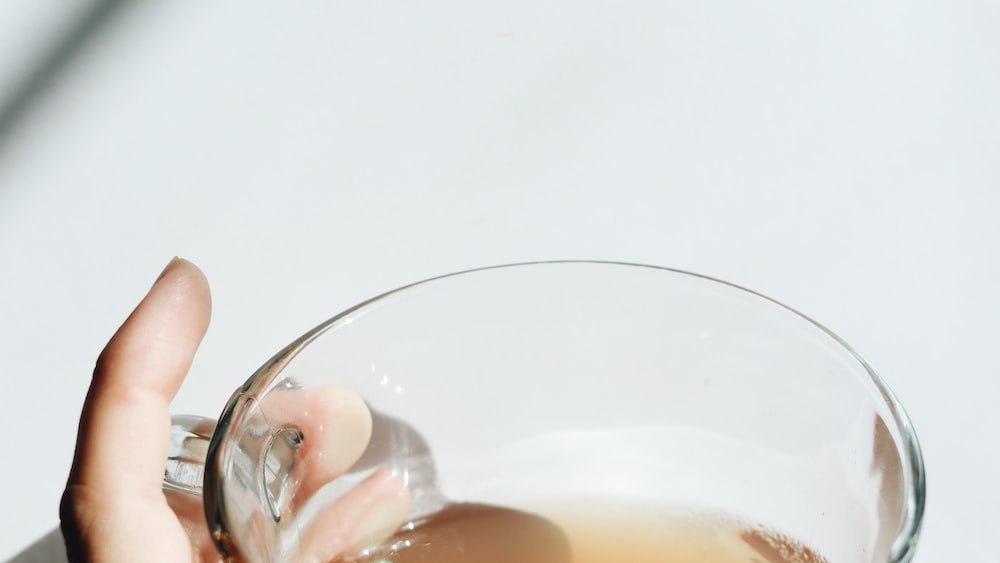
Nutritional Considerations for Pregnant Women
As you enter the kaleidoscope of pregnancy nutrition, you’ll find that pu-erh tea is more than a comforting cup; it’s a pantheon of plant-based powers:
- On one hand:
- In the other corner:
Caffeine Content in Pu Erh Tea
Navigating the waters of caffeine content in pu-erh tea can feel like decoding a spy’s riddle – it varies. You’re in for a world of ‘depends’:
- Depending on:
- Typically:
Understanding the caffeine content in pu-erh tea can be complex and varies depending on factors such as the type and brewing method.
Safety Concerns and Precautions
With every pot of tea, there’s a pot of questions. Let’s pour over some together, shall we? When the topic is pu erh tea and pregnancy, there’s a balance of ambiance and precaution in every cup.
Potential Risks of Caffeine During Pregnancy
Now, let’s not spill the tea too hastily – when it comes to pregnancy, caffeine has a bit of a reputation. While you’re hosting a womb-with-a-view, it’s essential to consider the gatecrashers.
- Caffeine whizzes through you to your baby, who – bless their tiny socks – can’t quite handle the hustle yet.
- Your mission, should you choose to accept it, involves understanding these risks, checking them twice, and maybe choosing a non-caffeinated nightcap instead.
Herbal Constituents and Their Effects on Pregnancy
When it comes to pu erh tea and pregnancy, there’s more to consider than just a warm cup of comfort. This special brew is a mosaic, richly pieced together with a variety of herbal constituents that have their own party tricks – and some might not be so fun for the little bun in the oven. The leaves of pu erh tea, being a type of Camellia sinensis, carry not just a medley of flavors but also compounds like theobromine and theophylline alongside caffeine.
Now, let’s untangle the web of these constituents and how they waltz with pregnancy. Imagine antioxidants as the body’s personal security detail, waging a valiant battle against the oxidative stress party-crashers. Pu erh tea, particularly the antioxidants within, looks impressive on any résumé with potential benefits for mama bear’s heart health. But here’s the meat of the matter: while antioxidants are generally beneficial, pregnancy turns the body into a bit of a fusspot, sensitive to anything that disrupts the usual routine, which can include the effects of certain herbal elements.
The plot thickens with the presence of polyphenols and flavonoids, those superheroes of the tea-verse that might double as double agents when it comes to pregnancy. For instance, some flavonoids in pu erh have been linked to their influential roles in estrogenic activity – essential for a healthy pregnancy when in balance but a potential concern if the scales are tipped. Nutritional balance becomes the linchpin for a healthy term, thus, understanding these interactions transforms from a line in a maternity book to a real-life imperative.
Guidelines for Consuming Pu Erh Tea While Pregnant
So, you’re navigating the pregnancy seas and wondering if pu erh tea is a safe port or a swashbuckling adventure of risk? Well, fear not, as there’s a compass for this journey – guidelines that help define a safe harbor. The golden rule is moderation, and informed decisions make the best ship captains. Stand by for navigation tips that ensure you and your precious cargo sail smoothly through the pu erh tea waters.
Recommended Dosage and Frequency
Charting the right course with pu erh tea and pregnancy is no less detailed than planning a tea party on the moon. Here’s the deal: Health authorities generally recommend a caffeine intake limit for pregnant women, and since pu erh is not caffeine-free, here’s where we calculate our trajectory. Typically, 200 mg per day is seen as the safe upper limit for caffeine consumption, equating to about one 8-oz cup of pu erh. Daily consumption steps into the spotlight; it’s not merely about how much in one sitting but how often you treat yourself to it.
To broaden the perspective, let’s consider an average week, shall we? If Monday beckons for a pu erh pick-me-up, consider giving subsequent days a rest – let’s say a three-day interval. Think of it as allowing your body time to process and not overwhelm the system. This gentle waltz with dosage and frequency ensures that your tea indulgence is akin to a delicate dance, rather than a rambunctious conga line.
Alternative Options for Pregnant Tea Drinkers
Now, for those times when the pu erh tea cravings hit but you’ve reached your quota, alternative infusions can swoop in like the understudies in a Broadway show. Herbal teas, my friends, could be the chorus line you need. But caution – not all herbal teas are the princes of propriety during pregnancy. Peppermint and ginger teas pirouette gracefully into this narrative, offering soothing notes and generally being considered safe, belly rubs included.
Another star is red raspberry leaf – a bit like a stand-in for pu erh, offering a depth of flavor with its own fanfare of nutrients. This tea, often hailed for its uterine-toning properties, is best introduced in the second and third trimesters. But as with all cast changes, consult the director – or, in this case, your healthcare provider – to ensure these teas deserve an ovation in your personal pregnancy script.
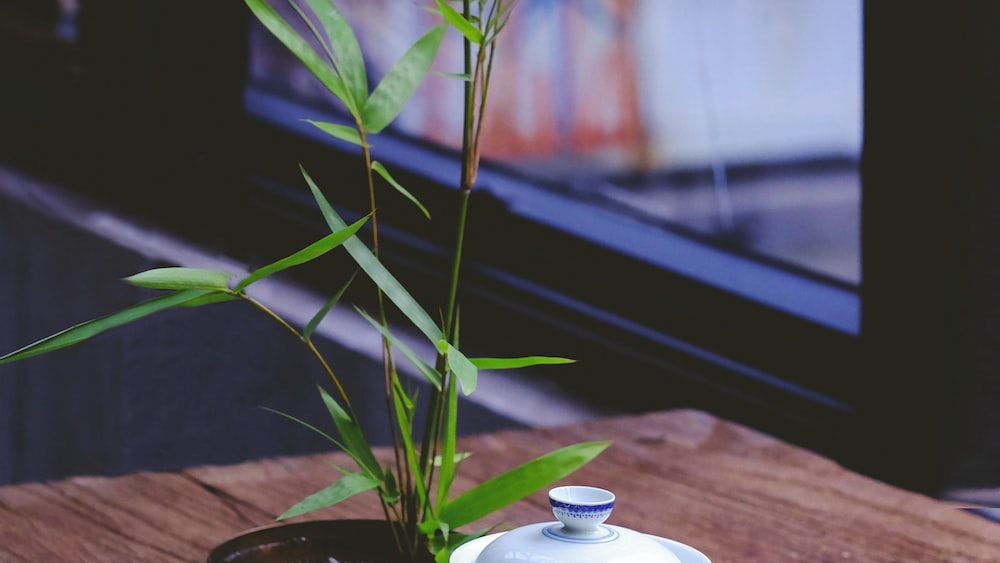
Alternative infusions like peppermint and ginger teas can provide a safe and satisfying substitute for pu erh tea during pregnancy.
Interactions and Contraindications
Now, hold your horses – or should I say, teapots – because we need to talk about interactions and contraindications when mingling pu erh tea and pregnancy. This isn’t just small talk over a cuppa; it’s about ensuring nothing you ingest is playing a game of bumper cars with your well-being.
Medications and Supplements to Avoid with Pu Erh Tea
Steeping deeper into the pu erh tea plot, we uncover potential plot twists with medications and supplements. Not to alarm you, but caffeine is a social butterfly – it can mix and mingle with various drugs, sometimes leading to a less than desirable afterparty. For instance, stimulants could get a bit too stimulated by caffeine’s presence, while anticoagulants might find their job of blood-thinning unexpectedly sabotaged.
And then there are the supplements, those well-meaning guests that could interact unpredictably with the chemical constituents of pu erh tea. Iron supplements, in particular, may find their absorption gate-crashed by tea’s tannins. So, if you’re supplementing for two, a tête-à-tête with your healthcare provider is paramount to ensure there’s no cross-talk or missed cues that could affect the show – that is, your health and that of your baby.
Conditions That May Warrant Caution
It’s a good time to pull over on the pregnancy journey and ponder any preexisting conditions that might wave a yellow flag at pu erh tea consumption. Pregnancy hypertension – or let’s say “uppity blood pressure” – is a scenario where the caffeine in pu erh tea might not play nicely. Also, for the mamas-to-be with gestational diabetes, the metabolic effects of caffeine ask for a second glance to navigate those sugary waters with care.
And let’s not forget those with a predisposition to hormone-sensitive conditions, as pu erh tea’s subtle influence on estrogenic activity calls for a more tactical approach. It’s like a delicate dance with the body’s intricate mechanisms – one where every move should be choreographed with utmost precision to maintain the harmony of your internal symphony. Thus, if you’re in the club of special considerations, it’s essential to march to the rhythm prescribed by your healthcare team rather than free-styling through your tea choices.
FAQs
1. Is it safe to drink Pu Erh tea during the first trimester?
Drinking Pu Erh tea during the first trimester should generally align with recommended caffeine consumption guidelines. Brief, moderation is key.
2. Can Pu Erh tea affect fetal development?
Pu Erh tea can affect fetal development if consumed in excessive amounts due to its caffeine content. Always choose moderation and consult with your healthcare provider.
3. How much Pu Erh tea can I safely consume while pregnant?
How much Pu Erh tea you can safely consume while pregnant should not exceed the general recommendation of 200 mg of caffeine per day, which is about one 8-oz cup.
4. Are there any herbal teas recommended for pregnancy?
Herbal teas recommended for pregnancy include options like ginger and peppermint teas, which are generally safe and can provide a comforting alternative.
Conclusion
So, there we have it, a veritable treasure chest of wisdom on pu erh tea and pregnancy. From the verdant hills where oolong and its cousins frolic, to the steamy embrace of your favorite mug, pu erh tea is more than a beverage; it’s a journey, a culture, and during pregnancy, a topic deserving careful consideration. It’s about steering clear of the caffeine kraken while still enjoying the gentle waves of taste and tradition.
In the dance of pregnancy, where every step counts and every sip speaks volumes, remember to listen to the rhythm of your own body, and never shy away from seeking a conductor in your healthcare provider. With the insights tucked under your belt, the pu erh tea and pregnancy ballet can be one of grace, not gravity. As you sip amidst the symphony of motherhood, may every cup serve not just as a moment of flavor, but of love, care, and thoughtfulness.
Pull up a chair to my virtual tea table any day, dear readers. Let’s continue to share this steeping journey together, filling our cups with knowledge and our hearts with warmth. Until next time, sip responsibly, consult wisely, cherish these moments, and… remember, moderation is the secret ingredient in the tea of life. With love and a sprinkle of tea leaves, Zoe.
